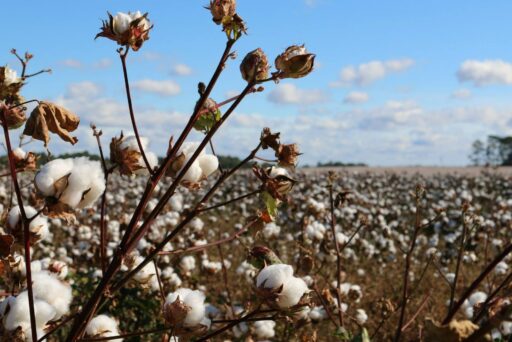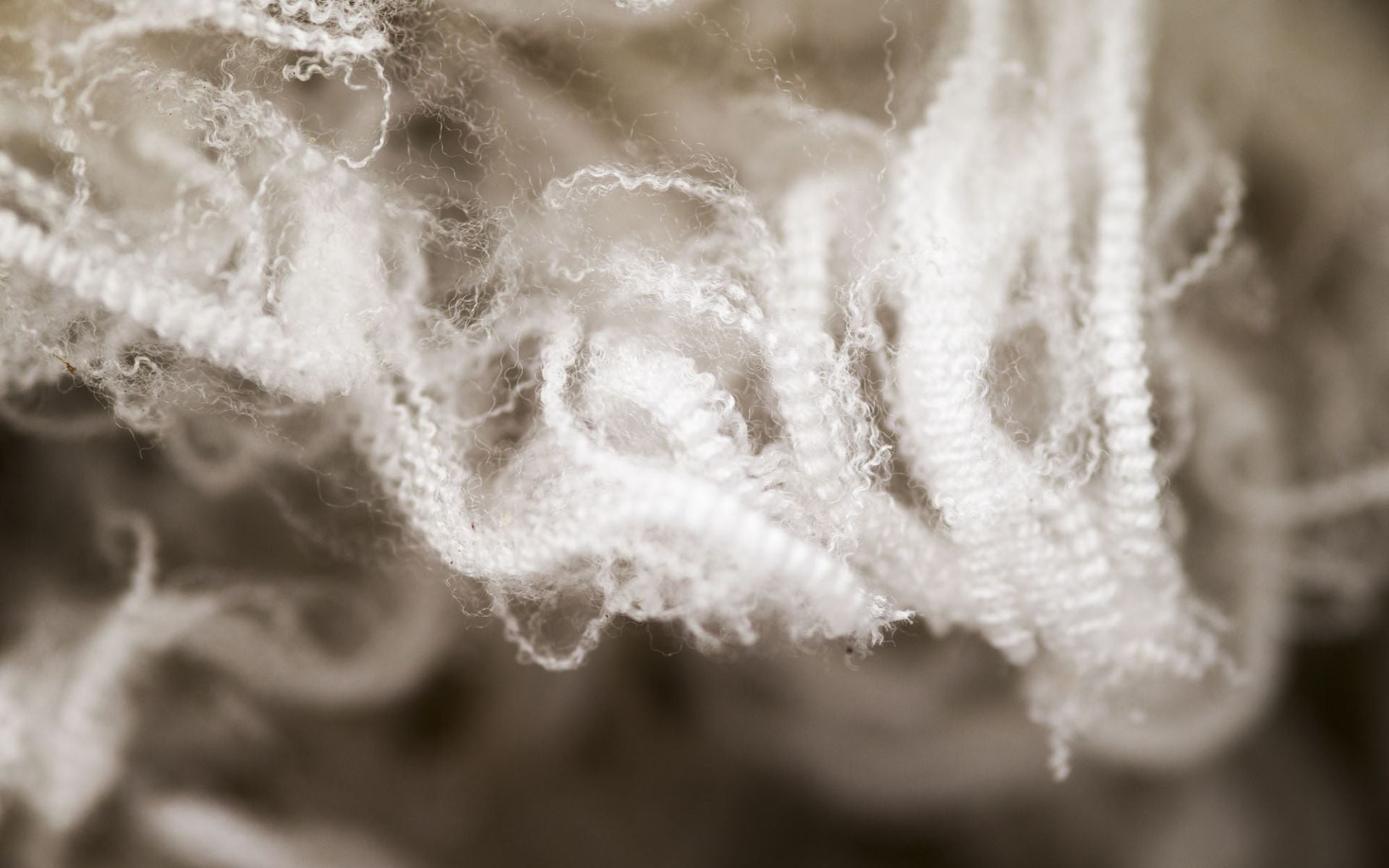Article: Tencel® replaces cotton in our white shirts

Tencel® replaces cotton in our white shirts
Our mission is to give back freedom to active people while preserving the planet. To combine elegance and technical expertise while respecting our values, we make strict choices. We manufacture in Europe, with responsible partners and materials.
Today we explain why we chose Tencel® over cotton for our first white shirt .
1) What is Lyocell / Tencel®?
It is an artificial fiber - created by man - based on a natural component: wood pulp cellulose.
The technical process (known as “solvent spinning”) was invented in 1972 in the United States by the company Enka, then marketed under the name Tencel® by the British company Courtaulds.
Acquired by Lenzing , an Austrian textile giant, in 2004, Tencel® is a BRAND of Lyocell. The most well-known in the world today. The one we use.
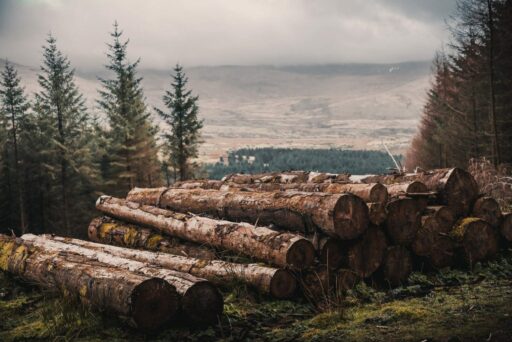
2) How is Tencel® made?
Tencel® comes from eucalyptus, bamboo, oak, birch, pine, or beech trees. They are generally harvested from responsibly managed tree farms (as many plantations as cuttings).
The wood is stripped of its bark and cut into several small pieces. Amine oxide, a non-toxic solvent recovered at 99.7% and reused during production, then dissolves the cellulose in heated and pressurized containers. The solution is filtered and pumped through spinnerets, resulting in long strands of Lyocell fiber. These are then cleaned, carded, combed, and possibly dyed before being spun into yarn.
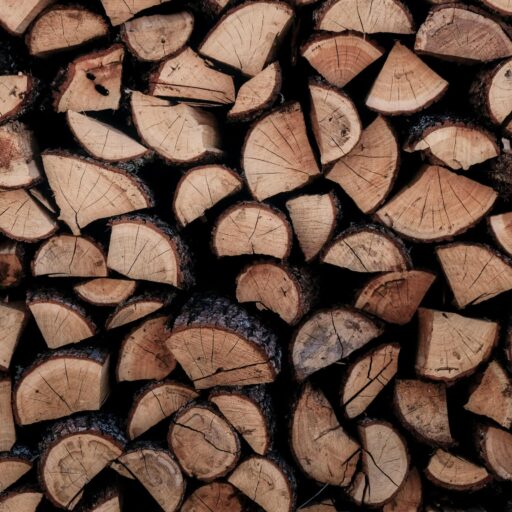
The manufacturing cycle is short. It takes 2.5 hours from wood cutting to spinning. It uses less water and energy than other methods, and does not produce harmful byproducts.

3) What are the technical properties of Tencel ®?
Since we're talking about clothes, that's what interests us first!
- The major advantage of our Wolbe range is that Tencel® has NATURAL BREATHABILITY . Made up of a multitude of small hydrophilic fibers, it absorbs moisture even better than cotton and dries much faster. It therefore limits the appearance of sweat under the arms and the very unpleasant sensation of fabric sticking to the skin after a little acceleration...
- Its antibacterial properties are recognized. Without perspiration , there is no real breeding ground for bacteria to develop.
- It provides a pleasant feeling of freshness on the skin in summer.
- It is very soft , lightweight, and comfortable. Its surface is smooth and silky. It is perfect for sensitive skin. However, its fit will be too fluid to consider 100% Tencel® fabric in formal men's clothing. It will need to be blended (with wool or recycled polyester).
- Finally, Tencel® is durable . Its elasticity and wrinkle resistance make it a fabric that is easy to care for.
4) Is Tencel® eco-responsible?
Clearly yes.
- It is obviously biodegradable .
- It requires 10 times less water than cotton during its production (1000 liters/kilo). Forests are generally neither irrigated nor treated.
- It produces 10 times more material than cotton, per cultivated hectare
- And the wood is used 100%, without waste : 40% will be used for pulp, 10% to extract bio-sourced materials (acetic acid, xylose, etc.) and 50% will be recycled into energy.
5) Why is Tencel® better than cotton?
To understand our reasoning, we first need to provide some context. To produce the 100 billion garments sold worldwide each year (doubled in 10 years!), the textile industry produced 111 million tons of fibers in 2018.
Synthetic fibers (polyester, nylon) unfortunately largely dominate this production: 69% of the total, with 72 million tons. And a dizzying growth rate (see graph below).
Cotton is the most produced natural fiber in the world.
With 27 million tonnes, it represents 84% of the volume of natural fibres produced, ahead of wool and linen. China and India account for 50% of global production, just ahead of the United States.
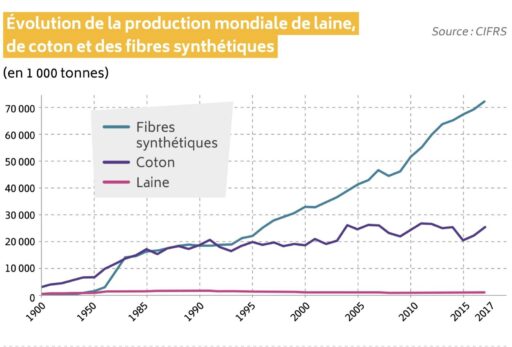
But cotton is very demanding regarding its climatic needs!
Its cultivation requires 120 days of abundant rain during its growing period, and an even longer period of sun, heat, and drought for the seeds to mature! This "contradictory" requirement makes it a less eco-friendly crop.
And even though there are several different varieties of cotton (supima, sea island, Egyptian, etc.) or developments on the organic side, the figures for its cultivation worldwide are impressive:
- 2.5% of cultivated areas...but 25% of insecticides and 10% of herbicides used worldwide – source WHO-.
- 64% of cultivated volumes are genetically modified.
- And, an absolutely key point for us: it takes 10,000 liters of water on average to produce a kilo of cotton fabric (6,000 in China, 22,500 in India ) – source Water Footprint network -. Corn requires, for comparison, 1,220 liters/kilo and wheat 1,000.
